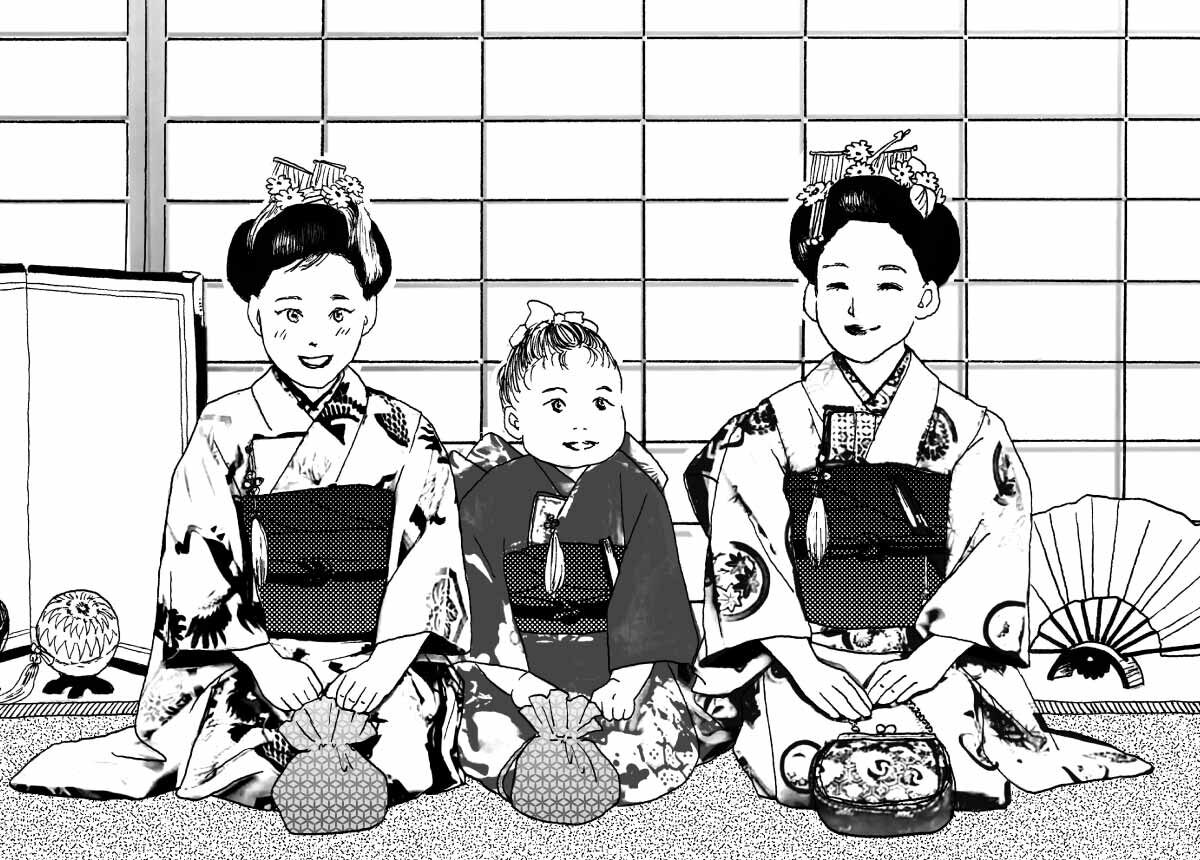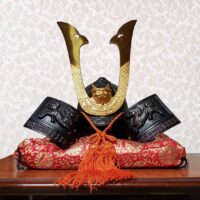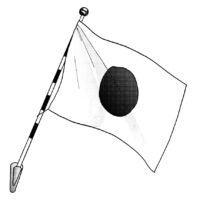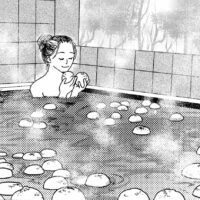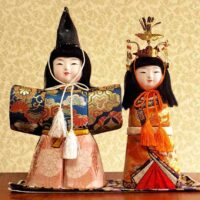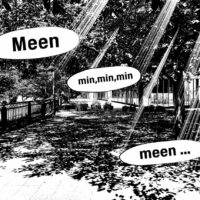Shichi-Go-San is an annual Japanese festival to celebrate the growth of children. It is celebrated annually on November 15 for children ages 3, 5, and 7. In the 800s to 1000s A.D., when medical care was underdeveloped and sanitation was not as good as it is today, the mortality rate for children was extremely high, and it was said that children were Deity’s companions until the age of 7 and were considered full-fledged human beings only after the age of 7. Since it was a great joy to see children grow up safely from those days, people celebrated the milestones of 3, 5, and 7 years old, thanking Deity for their growth. Since it was a great joy to see children grow up safely from those days, people celebrated the milestones of 3, 5, and 7 years old, thanking Deity for their growth.
Exactly, this celebration is held when boys turn 3 and 5 and girls turn 3 and 7. It is based ceremonial age of boys and girls on the ancient. They go to the shrine where they live and purify their impurity through rituals performed by priests. Many families dress their children in Hakama or Kimono and are eager to have their pictures taken. According to the calendar, November 15 is the date of Shichi-Go-San, but nowadays it is held on a date that suits everyone’s convenience throughout the year, no matter where they live, taking into consideration parents’ work schedules, the timing of gatherings with grandparents, children’s growth, moods, and other factors.
Nevertheless, this event is more flexible than in the past. Prayers are time-consuming and expensive, and sometimes just a family meal and a photo shoot is all that is required. Children may wear dresses or tuxedos instead of Kimonos. For costume rental stores and photography studios, this is the time to make money.



